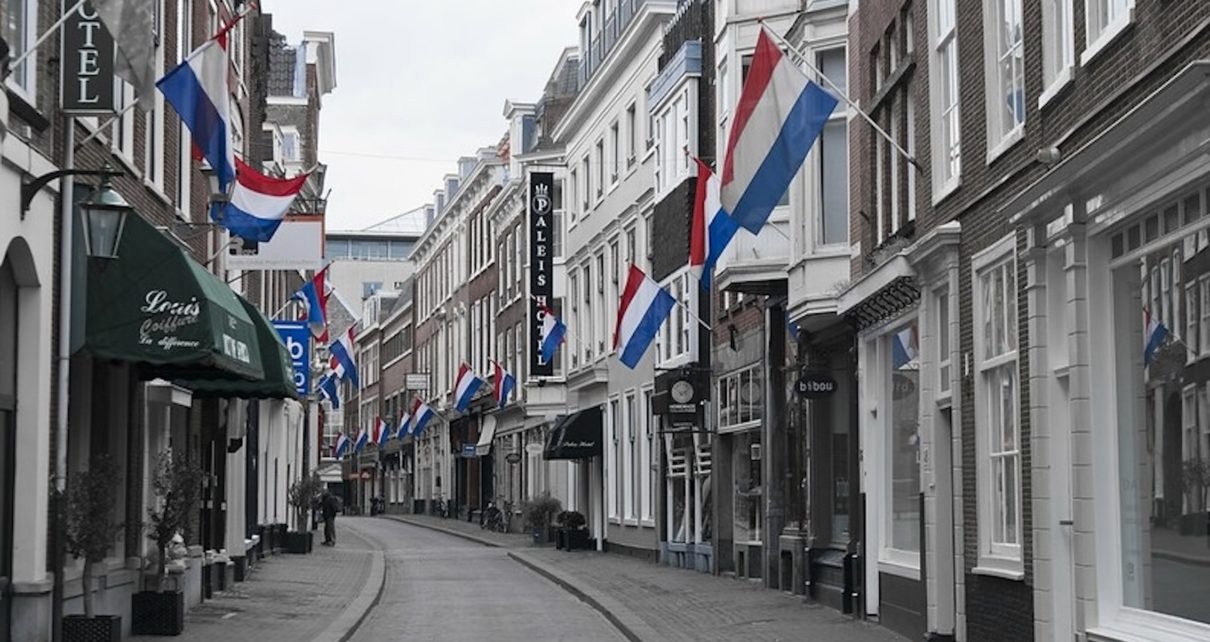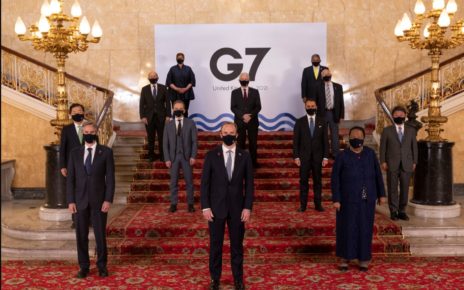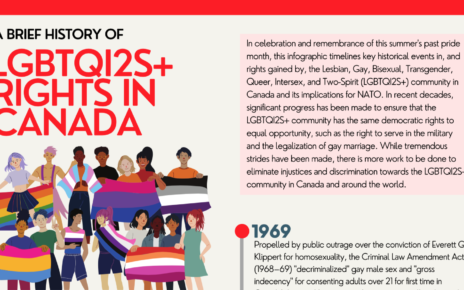In the weeks leading up to the NATO Summit in The Hague taking place from June
24th–25th, Canada has found itself at the centre of multiple international conversations. Coming off the heels of the G7 summit in Kananaskis, where Prime Minister Mark Carney pledged an extra $2 billion in aid to Ukraine and promised to hit NATO’s 2% defence spending benchmark by the next fiscal year, Canada’s role in the alliance is continuously growing. But with tensions across the transatlantic community, growing demands for defence production, and Putin’s war in Ukraine dragging into its fourth year, the stakes at this year’s summit feel higher than ever and this is an opportunity for Canada to step up.
NATO Secretary General Mark Rutte recently announced the priorities of the
upcoming summit. The overall goal is to make the alliance “stronger, fairer, and more lethal” to protect our people. In today’s increasingly dangerous world, reinforcing the cooperation, commitment, and shared responsibility of all NATO allies has never been more important and the plan to build a better NATO is to be realized now. As leaders gather at the World Forum, they’ll face serious questions: Can NATO stay united under growing political pressure? Will countries meet their defence commitments? And what exactly does support for Ukraine look like now, in real terms?
A central theme that stood out clearly in NATO Secretary-General Mark Rutte’s
recent address at Chatham House, is strengthening deterrence and defence across the alliance on multiple fronts. In recent months, NATO has faced a surge of aggressive actions that test the alliance’s readiness. While Russia’s ongoing invasion of Ukraine remains the most immediate challenge, NATO’s focus on deterrence and defence also reflects a wider range of hybrid threats that test the alliance’s resilience on multiple fronts. In May 2025, Russian military intelligence (GRU) launched a cyber operation targeting logistics and technology firms supporting Ukraine, infiltrating over 10,000 internet-connected cameras across ports, rail hubs, and critical supply routes. The goal was to map and potentially disrupt the delivery of aid to Ukraine. This form of strategic cyber espionage is being used to weaken NATO’s operational capacity which highlights the urgent need for coordinated cyber defence and infrastructure protection across member states. Meanwhile, Russia’s weaponization of energy, cutting off gas flows to parts of Europe during the 2022–2023 winter, exposed the alliance’s vulnerability to economic coercion. NATO Secretary General Mark Rutte recently warned that despite NATO’s economy being 25 times larger than Russia’s, Russia is producing four times more ammunition. He stressed that NATO lacks sufficient air defence systems, long-range weapons, and combat-ready land formations. While Russia cannot attack NATO territory now, Rutte cautioned that within three to five years, it could be capable if the Alliance doesn’t close its defence gaps. These threats are already impacting NATO member states. For Canada, defending against them means investing in layered cyber defence, protecting critical infrastructure, countering foreign interference, and supporting international missions that stabilize fragile regions before crises escalate. The Hague Summit will determine whether the alliance can evolve its posture quickly enough to counter these modern threats or risk being outpaced by them.
At the same time, the summit is expected to spotlight growing concerns around
defence spending and production. NATO’s long-standing 2% of GDP benchmark is officially shifting. As NATO Secretary General Mark Rutte explained, the alliance must now commit to spending at least 3.5% of GDP on core defence and an additional 1.5% on related areas like cyber, infrastructure, and ammunition, totaling a 5% investment framework. But it won’t be easy. Spain has already declared the 5% target “unreasonable” and is seeking an exemption, warning it would strain its social programs and derail its climate commitments. Italy has similar concerns, with Foreign Minister Antonio Tajani stating that it would take up to a decade for Italy to increase its defence spending, given its high debt levels and domestic spending pressures. While Prime Minister Carney’s promise that Canada will meet the 2% benchmark by 2026 shows significant progress, it also risks appearing insufficient in current times. The key challenge now is to be spending more and producing more, turning money into deployable assets, ammunition, and operational readiness that can meet the alliance’s growing demands and address evolving threats across multiple domains.
Ukraine remains the third major issue at the centre of this summit. As the war enters
its fourth year, NATO members plan to move toward more formalized structures for long-term assistance in the form of military aid, training programs, and strategic planning partnerships. Canada has consistently ranked among the top per-capita supporters of Ukraine. The recent $2 billion pledge at the G7 is only the latest example in a broader effort that includes Operation UNIFIER, weapons deliveries, refugee support, and diplomatic leadership. But with the battlefield growing more complex and public attention shifting, NATO’s support must also evolve. Just a few weeks earlier, on May 25–26, Russian forces launched one of the largest coordinated rocket attacks of the war on Ukraine, deploying nearly 300 drones and 69 missiles at multiple cities, including Kyiv and Kharkiv, leaving at least 12 civilians dead and dozens injured. Leaders are expected to discuss and decide how the alliance can move from reactive aid to a more stable, forward-looking relationship with Ukraine that includes post-war reconstruction and integration into NATO planning mechanisms. Canada is well-positioned to influence how that transition is managed.
Taken together, these three priorities form the backbone of this year’s summit. For
Canada, the challenge is to engage on each of these issues individually, and to connect them into a coherent approach. The summit carries real stakes for Canada. NATO remains a cornerstone of Canadian defence and foreign policy, and its future direction will directly impact Canada’s own strategic posture. As pressure builds to deliver on spending, production, and Ukraine’s long-term support, Canada must show up as a leader. The question is whether the alliance will leave The Hague stronger and more united, or more divided and uncertain.
Photo: Molenstraat (n.d.), by Bert Kaufmann via Flickr.
Disclaimer: Any views or opinions expressed in articles are solely those of the authors and do not necessarily represent the views of the NATO Association of Canada.




